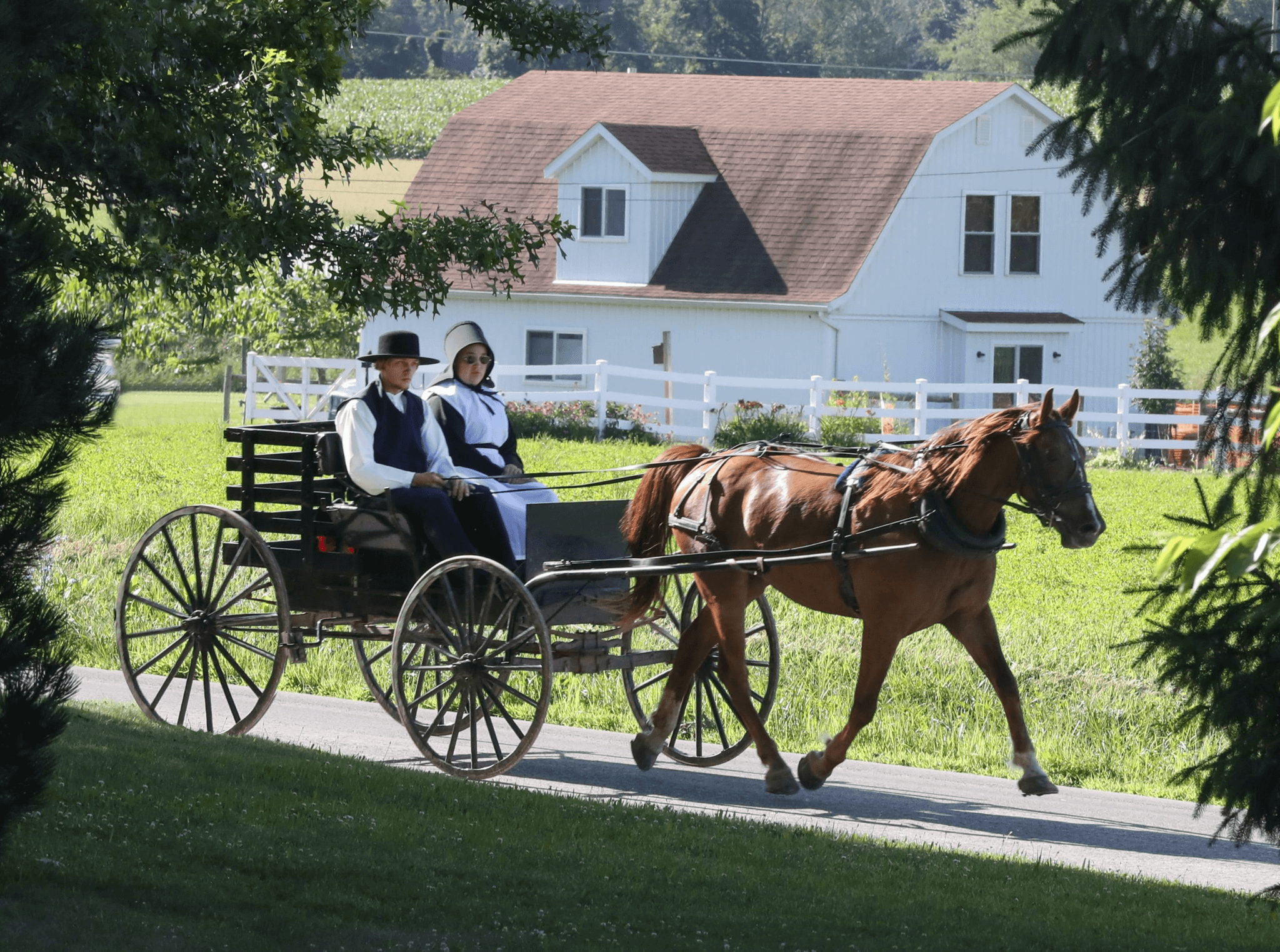Religious Freedom and the Amish Way of Worship
Religious freedom is central to the Amish way of life. It allows them to live according to their faith, free from external pressures or modern influence. For the Amish, freedom does not mean independence from rules; rather, it means the right to follow God’s teachings as they interpret them. Through their simple yet deeply spiritual worship, the Amish preserve a centuries-old commitment to faith, community, and humility. Understanding how they express religious freedom reveals much about their resilience and devotion.
The Historical Roots of Amish Religious Freedom
The Amish trace their origins to the Anabaptist movement of the 16th century in Europe. During that time, many Christian reformers sought a purer, more personal faith experience. The Anabaptists believed in adult baptism, separation of church and state, and nonviolence—beliefs that often brought persecution.
As a result, early Amish communities fled to North America in the 1700s to seek freedom to worship without interference. Settling mainly in Pennsylvania and later in Ohio, Indiana, and other states, they found a land that respected religious diversity. This history explains why the Amish value freedom of worship so deeply. It is not a privilege they take for granted but a sacred right that protects their faith and traditions.
Worship as a Reflection of Freedom
The Amish express religious freedom through simplicity. Unlike many denominations that worship in formal churches, the Amish hold services in homes or barns. Every Sunday, a different family hosts the gathering, ensuring that worship remains intimate and community-centered.
This approach reflects equality and humility. No one owns a grand church building or takes a special title beyond that of servant. The bishop, ministers, and deacons are chosen by lot, reinforcing the idea that leadership is a divine calling, not a pursuit of power.
Their services follow a predictable rhythm. They include unaccompanied hymn singing, scripture readings, and sermons in Pennsylvania Dutch or German. The absence of modern instruments and decorations helps worshippers focus entirely on God’s word. Through this simplicity, the Amish demonstrate their freedom to define worship on their own terms.

Faith Without Modern Influence
Religious freedom also gives the Amish the right to reject modern practices that could weaken their faith. They avoid technologies like television, the internet, and electricity because such tools might introduce pride, distraction, or materialism.
This decision may appear restrictive, but to the Amish, it represents true spiritual independence. They are not forced by society to conform to modern standards. Instead, they choose a lifestyle that protects their values and maintains peace within the community.
Their ability to live differently—without government interference—shows how religious freedom supports diversity. The Amish remind the wider world that faith can flourish even outside the norms of modern culture.
Community as the Heart of Worship
Worship in Amish life is never individualistic. It is a shared act of devotion that strengthens both faith and relationships. Each service includes moments of silence, group singing, and heartfelt prayer. These elements encourage reflection and unity.
After worship, families share a communal meal, symbolizing fellowship and gratitude. These gatherings strengthen trust, resolve conflicts, and reinforce the belief that serving others is a form of serving God.
Religious freedom allows the Amish to sustain this model of faith-based community. Without external interference, they preserve their language, customs, and shared rituals that have endured for generations.
Challenges to Religious Freedom
While the Amish enjoy freedom of worship, they still face modern challenges. Legal issues occasionally arise over education, work safety, or technology use. For example, Amish parents once resisted sending their children to public schools beyond eighth grade, arguing it conflicted with their beliefs.
In 1972, the U.S. Supreme Court ruled in favor of the Amish in Wisconsin v. Yoder, affirming their right to educate children according to their faith. This case became a landmark for religious liberty, demonstrating how constitutional protections uphold diverse beliefs.
However, maintaining separation from modern society remains difficult. The Amish must constantly balance their traditions with laws designed for more urban lifestyles. Despite these pressures, they continue to defend their right to worship freely and live simply.
Lessons from the Amish Approach
The Amish offer an inspiring example of how religious freedom can thrive without conflict or excess. Their worship focuses on gratitude, humility, and service rather than personal ambition. They teach that freedom is not about doing everything possible but about choosing what aligns with spiritual truth.
In a world filled with noise and distraction, their quiet devotion serves as a reminder that faith can be both simple and strong. The Amish live proof that true worship comes from the heart — not from elaborate rituals or grand structures.
Conclusion
Religious freedom shapes every aspect of the Amish way of worship. It gives them the power to follow God’s word faithfully, live in harmony, and preserve their traditions. Through humble services, shared meals, and strong communities, they express devotion in its purest form.
Their example encourages others to reflect on the meaning of faith in everyday life. The Amish remind us that religious freedom is not just a right to believe but also a responsibility to live according to one’s deepest convictions—with humility, integrity, and love.



